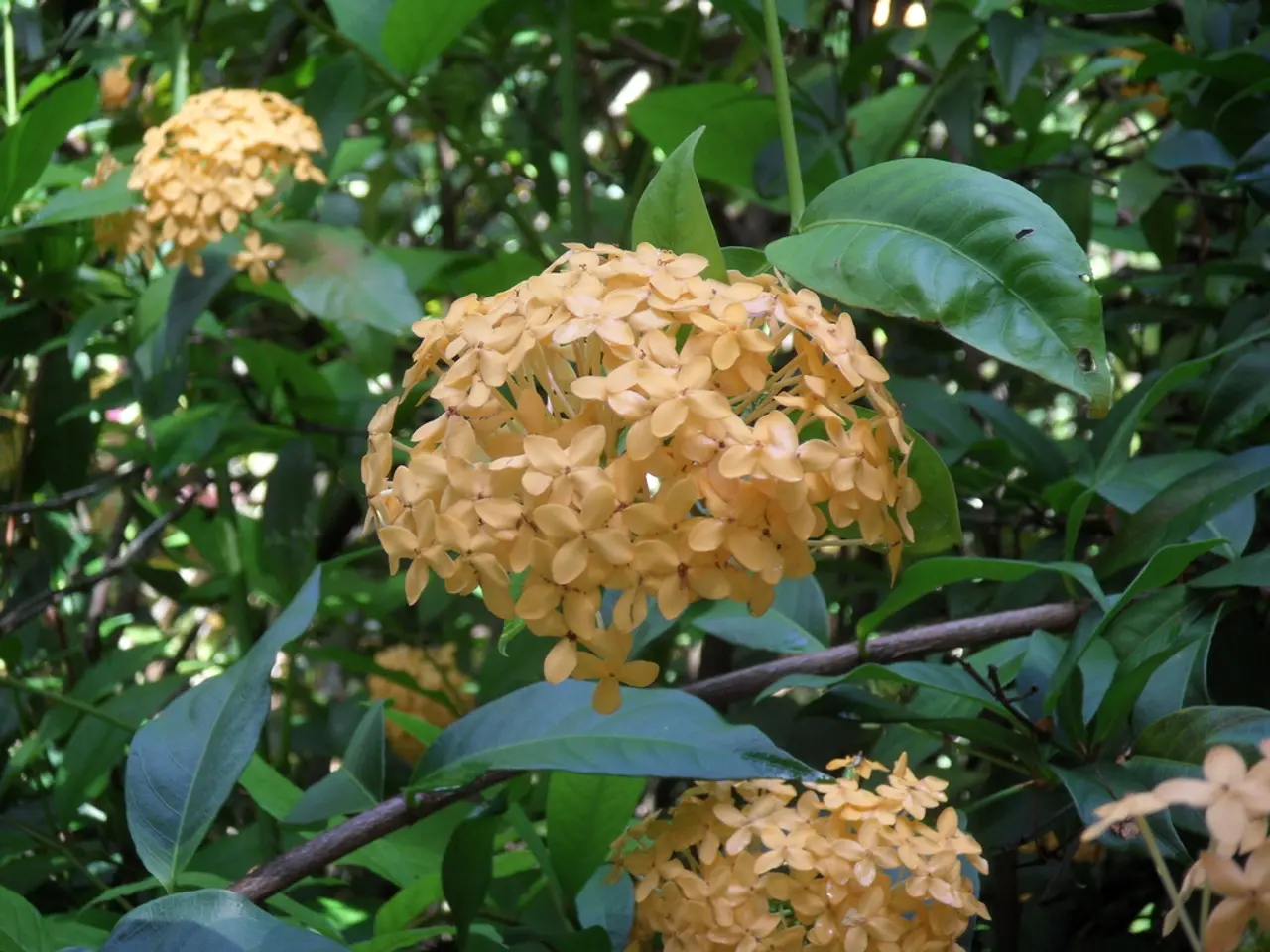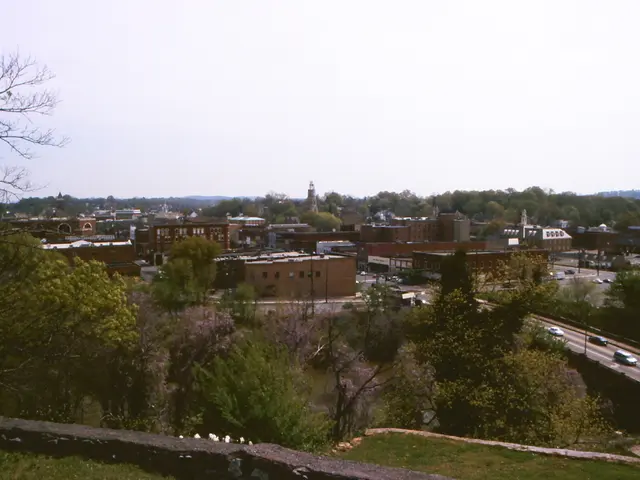Savoring the Conclusion of Autumn as Expressed by Nigel Slater
In the heart of north London, the longer, radiant summer of this year might have brought even more brilliant colors to the writer's patch. However, the sight of acers in their end-of-year colors in Japan inspired the planting of further two acers upon returning home.
The leaves from various plants, including cherry, wisteria, chestnut, and jasmine, are falling in shades of ochre, gold, orange, honey, butter, and rust. But it's the leaves of the less common trees that have stolen the show this autumn.
The Paperbark maple, with its glowing orange-red fall color and distinctive cinnamon-colored peeling bark, has become a highlight of the season. The Sourwood, with its heady shades of red, orange, and purple, and the fragrant white summer flowers, has also caught the eye.
The Katsura tree, with its heart-shaped leaves that turn buttery yellow in autumn and its sweet burnt sugar scent, adds a unique charm to the garden. Japanese maples, known for their brilliant red, orange, or crimson fall foliage, are popular choices for their striking color and form.
These trees provide a range of vibrant reds, oranges, yellows, and purples, and vary in size from about 20 to 30 feet tall, making them suitable choices for gardens aiming to showcase colorful autumn foliage. Consider your climate zone and space, as some like the Paperbark maple prefer partial shade and specific hardiness zones.
If you want especially vivid red fall colors, Japanese maples and Sourwood are outstanding choices, while Paperbark maple offers beautiful orange-red tones and interesting bark texture.
As the leaves fall, the writer tires of sweeping them from the terrace and the gravel paths, but considers it a small gripe compared to the spirit-lifting joy their colors bring. Among the leaves are conkers, shining brightly. The leaves from the ornamental cherry outside Nigel Slater's house descend slowly and are slightly longer lasting.
The leaves take a while to break down, particularly their stems. But the writer feels no sadness that the leaves have gone for another year, knowing they will break down and enrich the soil in which the trees stand, and they will be back in shades of piercing spring green very soon.
In summary, these small trees - Paperbark maple, Sourwood, Katsura, Japanese Maple, and Red Maple (dwarf cultivars) - provide a balance of vibrant colors with manageable sizes for garden settings and wide zone adaptability for most temperate regions. These trees are not only a feast for the eyes but also contribute to the enrichment of the soil, making them a worthy addition to any garden.
In the fashion-and-beauty realm, the brilliant autumn colors of trees like the Paperbark maple, Sourwood, Katsura, and various Japanese maples have become a trend in home-and-garden decor, adding a touch of nature's vibrant palette to one's lifestyle. gardens worldwide, showcasing these trees alongside food-and-drink pairings creates unique travel experiences, where dining and sightseeing come hand in hand.
The variety of colors provided by these small trees - Paperbark maple, Sourwood, Katsura, Japanese Maple, and Red Maple (dwarf cultivars) - reflects the diverse fusion of styles in contemporary lifestyle, offering a harmonious blend of vivid hues that can enhance both gardens and wardrobes.
As travelers explore different regions, they can appreciate and savor the different shades of these autumn trees while taking note of their adaptability to various climates and hardiness zones. Since these trees not only delight the senses but also contribute to soil enrichment, they make valuable additions to any home-and-garden setting or travel itinerary.
In the realm of horticulture and fashion, the stunning fall foliage of these small trees serves as a symphony of colors that elevates one's lifestyle, becoming a significant part of one's travels, food choices, and personal style.





